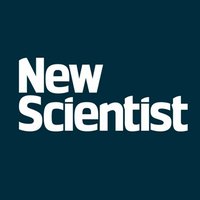
New Scientist
@newscientist
The best place to find out what’s new in science – and why it matters.
ID: 19658826
http://www.newscientist.com 28-01-2009 16:05:49
145,145K Tweet
4,4M Followers
280 Following




“It’s a justice problem that we can only solve by addressing injustice” In a special episode of the #podcast, Rowan Hooper ローワン フーパー and Madeleine Cuff are joined by climate change attribution pioneer Dr Friederike Otto, to discuss the issue of climate justice podfollow.com/new-scientist-…




Also in this week's issue, carlo rovelli on what we get wrong about the origins of quantum theory newscientist.com/article/mg2663…











